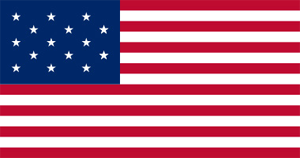War of 1812 Battles |
Colonial Wars |
American Wars |
Burning of St. David's
July 18, 1814, St. David's, New York
 |
|||||||||||||||||||||
|
After the defeat at the Battle of Chippawa, British Gen. Phineas Riall ordered a withdrawl to Fort George. The Americans, under the command of Gen. Jacob Brown, followed the British and camped at Queenston Heights. Brown wanted to attack Fort George, but he needed the help of the American navy. From the heights, Brown saw Lake Ontario clearly, and he watched for days for signs of the American fleet.
Commodore Isaac Chauncey was laid up with a severe fever and would not allow the ships to sail without him. As Brown waited, reinforcements arrived to bolster the British forces already there, the 89th, 103rd, 104th and Glengarry Regiments. Later, units of the York Militia would also file into the fort.
On July 12, Riall took the main force and moved to Twenty Mile Creek, leaving Forts Niagara and George well protected with British forces. Unable to attack the forts, some of the American forces began to go from farm to farm, looting and taking cattle.
On July 18, an American militia party under the command of Lt. Col. Isaac W. Stone marched from Queenston to the village of St. David's. The 1st Lincoln Militia was stationed there to protect the village, and soon engaged the Americans. Unable to hold, the 1st Lincoln Militia fell back. Colonel Stone and his men occupied the village, and soon begin to loot and burn it. Large columns of smoke began to fill the sky. When William Merritt and his party arrived at St. Davids, 40 homes and businesses were already ruined from the fire.
Brown was so enraged by the conduct of Stone, that he officially censured and dismissed him from the service for this cruel action.
